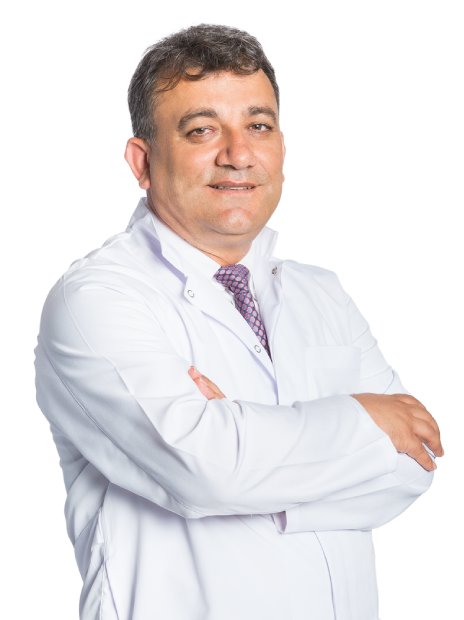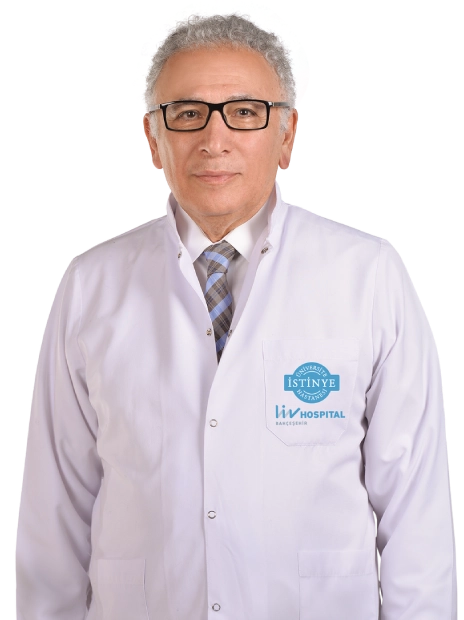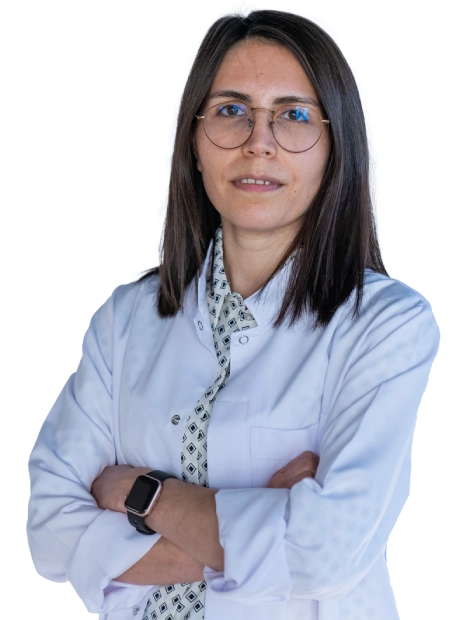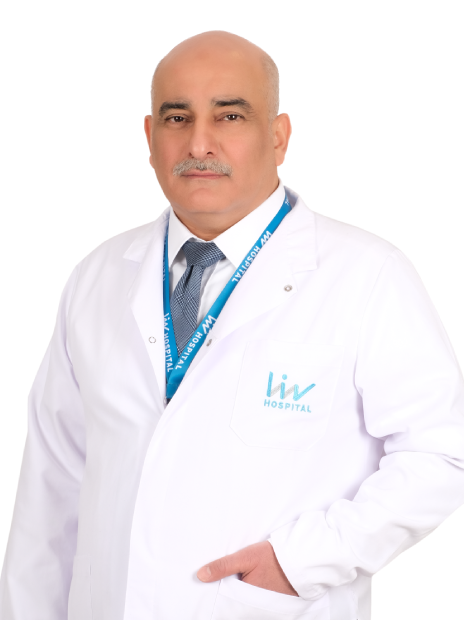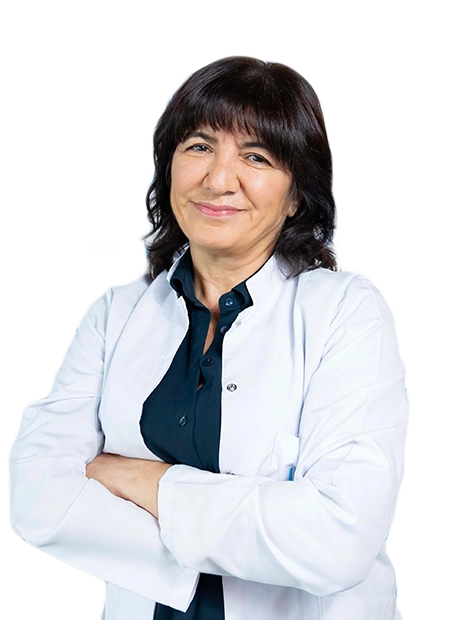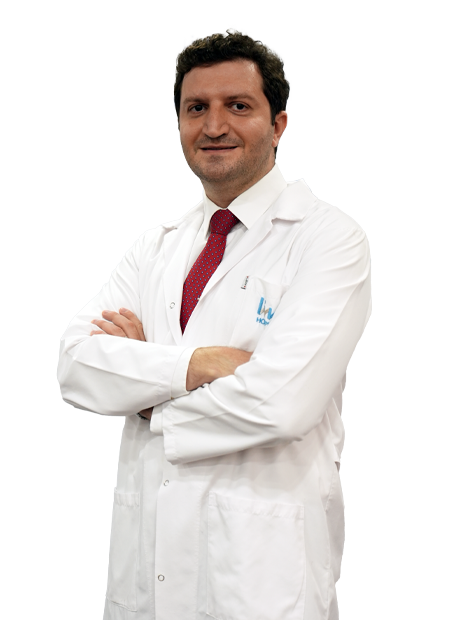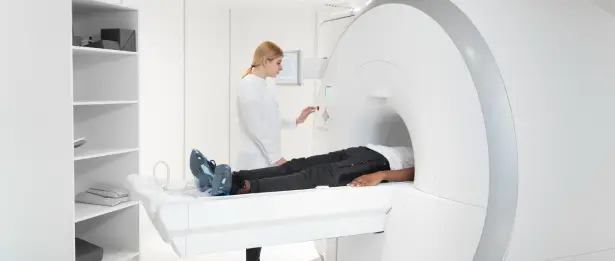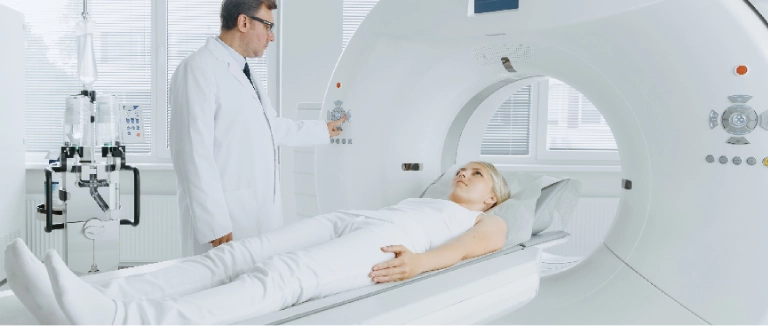What Is Thoracic Surgery? Meaning, Conditions, and When It’s Needed
Thoracic surgery treats the organs and structures inside the chest, except for the heart. This includes the lungs, esophagus, trachea, and bronchi (airways), pleura (the lining around the lungs), diaphragm, mediastinum (the central chest area), and chest wall.
People may need thoracic surgery for issues like early stage lung cancer, lung nodules that need diagnosis, repeated collapsed lungs, ongoing fluid around the lungs, infected fluid (empyema), mediastinal masses such as thymoma, esophageal problems, or chest wall and diaphragm conditions. If non surgical treatments are not likely to help such as when tissue must be removed, fluid needs to be drained, or a biopsy is needed thoracic surgery can offer relief, recovery, and sometimes a cure.
Doctors decide when surgery is needed based on clear goals. For example, if a lung nodule is growing or appears concerning on scans, removing it can treat possible cancer and provide a definitive diagnosis.
If a lung keeps collapsing due to air leaks, a minimally invasive procedure called pleurodesis can help prevent it from happening again. If fluid keeps coming back after needle drainage, a video assisted thoracic surgery (VATS) decortication can remove the fibrous layer and help the lung expand again. The main goal is always to fix the problem, protect healthy tissue, and help you recover well at home.
Today, thoracic surgery often uses minimally invasive methods when possible. Surgeons use cameras and thin instruments to work through small cuts, which can mean less pain and faster healing. Sometimes, open surgery (thoracotomy) is still needed for more complex cases where the surgeon needs a better view and more access. No matter which method is used, your care team will develop a clear plan for anesthesia, pain control, lung protection, and steps to help you return to your normal routine.

What Is Cardiothoracic Surgery vs. Thoracic Surgery? Key Differences for Patients
People often hear the terms “cardiothoracic” and “thoracic” and think they mean the same thing, but there is an important difference. Cardiothoracic surgery includes both heart (cardiac) surgeries and other chest operations. Thoracic surgery usually means chest surgeries that do not involve the heart, such as those on the lungs, esophagus, airways, pleura, mediastinum, diaphragm, and chest wall.

For patients, here’s what you need to know: surgeries for lung cancer (like lobectomy or segmentectomy), removing lung nodules, esophageal surgery, taking out mediastinal masses (such as thymectomy), pleurodesis for repeated collapsed lungs, decortication for empyema, and procedures on the chest wall or diaphragm are all types of thoracic surgery. Surgeries like coronary artery bypass or valve repair are heart surgeries and not considered thoracic surgery in most cases. Knowing this helps you find the right specialist and care team for your needs.
What Is Video Assisted Thoracic Surgery (VATS)? Minimally Invasive Chest Surgery
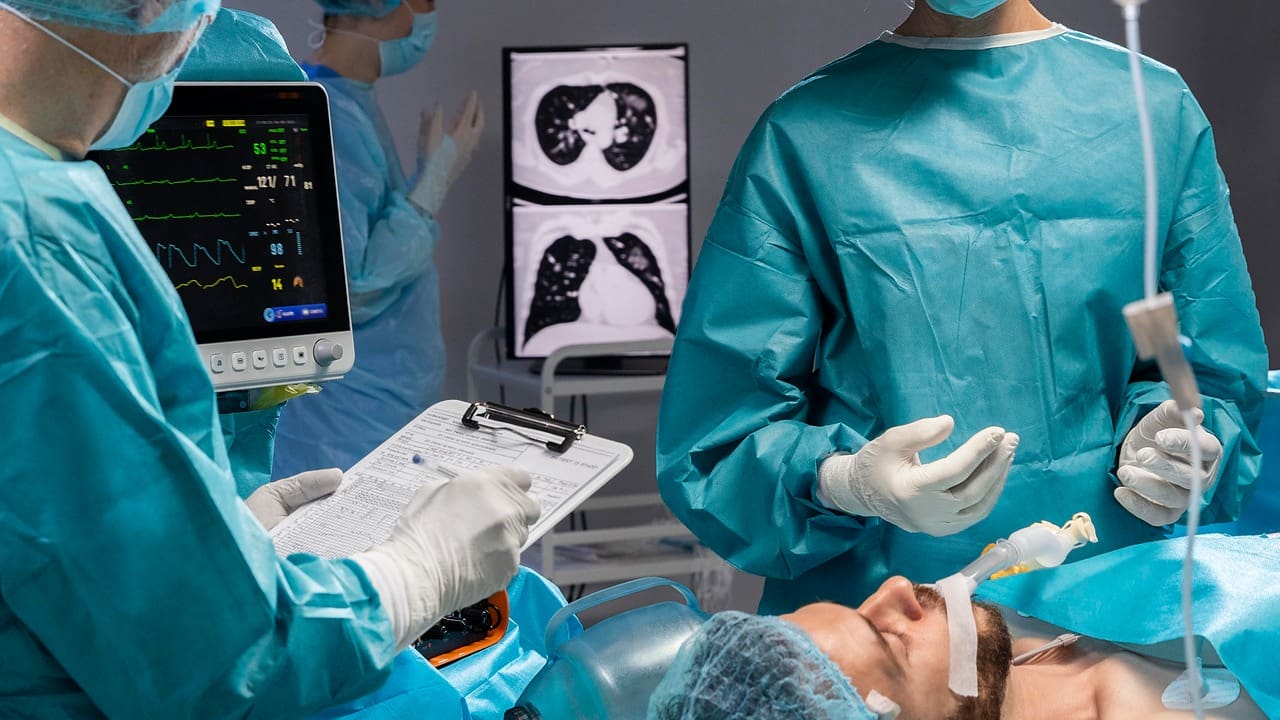
What Is Robotic Assisted Thoracic Surgery? Benefits, Risks, and Recovery
Robotic assisted thoracic surgery uses special instruments that move like a human hand and provide a clear 3D view. The surgeon controls these tools from a console, while the operating room team assists nearby. For some patients, this method allows for very precise surgery, careful lymph node checks, and gentle handling of tissues through small cuts.
Common robotic surgeries include lobectomy or segmentectomy for lung cancer, removing mediastinal masses (like thymectomy), and some esophageal procedures. The benefits are similar to VATS: less pain, smaller scars, and a shorter hospital stay. The robotic system can also help with hard to reach areas. Not every case is right for robotic surgery, and your surgeon will explain why a certain approach is best for your safety and results.
Recovery after robotic surgery follows the same ideas: using different pain control methods to keep you comfortable, getting up and moving early, doing regular deep breathing exercises, and having a clear plan for increasing your activity and diet. You will also get a personalized plan for caring for your wound, reducing medications, and scheduling follow up visits or scans.
Is Thoracic Surgery Dangerous or Painful? Safety, Pain Control, and Complications
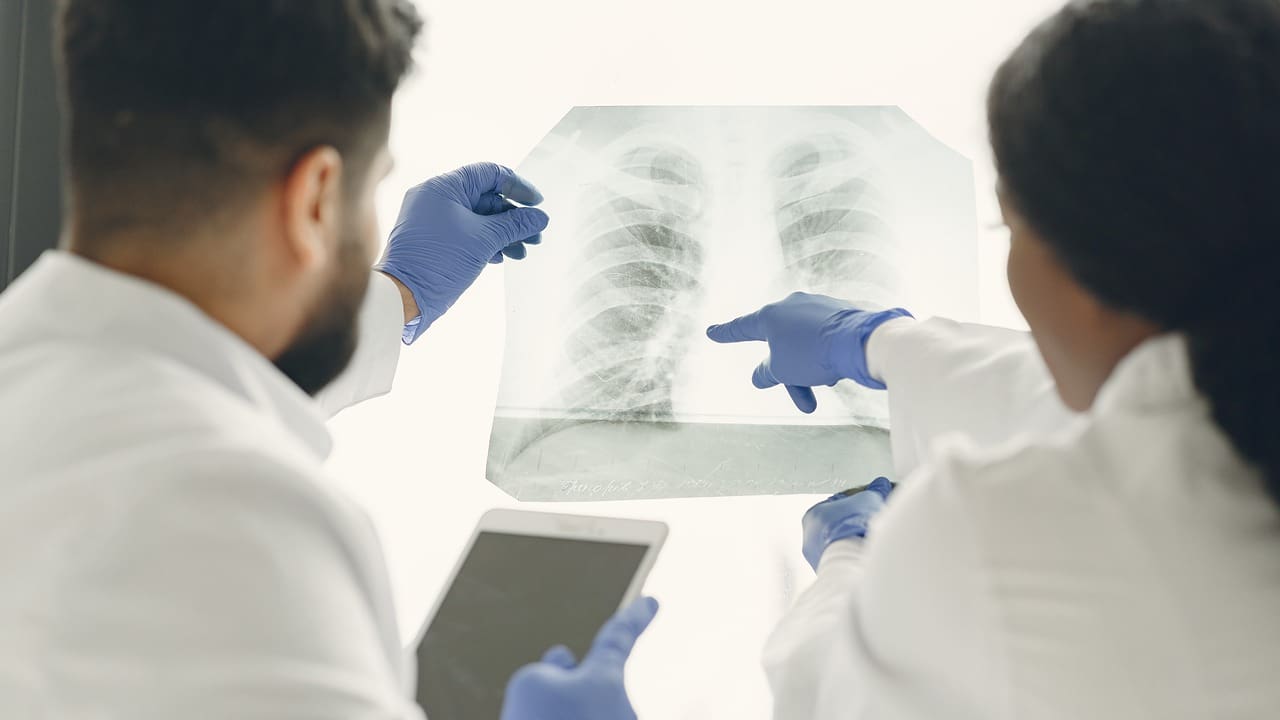
What Is Thoracic Outlet Syndrome Surgery? Indications, Procedure, and Recovery Time
Thoracic outlet syndrome (TOS) occurs when nerves or blood vessels are squeezed as they travel from the neck to the arm. If physical therapy, changes in activity, and other non surgical treatments do not help enough, surgery to relieve the pressure may be considered.

The goal of surgery is to remove what is causing the pressure. This often means taking out the first rib and releasing tight muscles or bands (scalenectomy), while carefully freeing the nerves or blood vessels. The exact approach depends on whether the problem is mainly with nerves or blood vessels.
After surgery, you will usually follow a rehab plan that focuses on posture, shoulder movement, and slowly building strength. Most people feel better over weeks to months, and sticking with physical therapy is key for the best results.
Is Thoracic Spine Surgery Dangerous? Indications, Decompression, and Healing
Thoracic spine surgery is done to relieve pressure on the spinal cord or nerves in the middle part of the back. Reasons for surgery can include a herniated disc, bone spurs, thick ligaments, instability, or tumors pressing on nerves. If pain, weakness, numbness, or other symptoms do not get better with non surgical treatments, and scans show compression, surgery may be recommended to take the pressure off and protect nerve function.
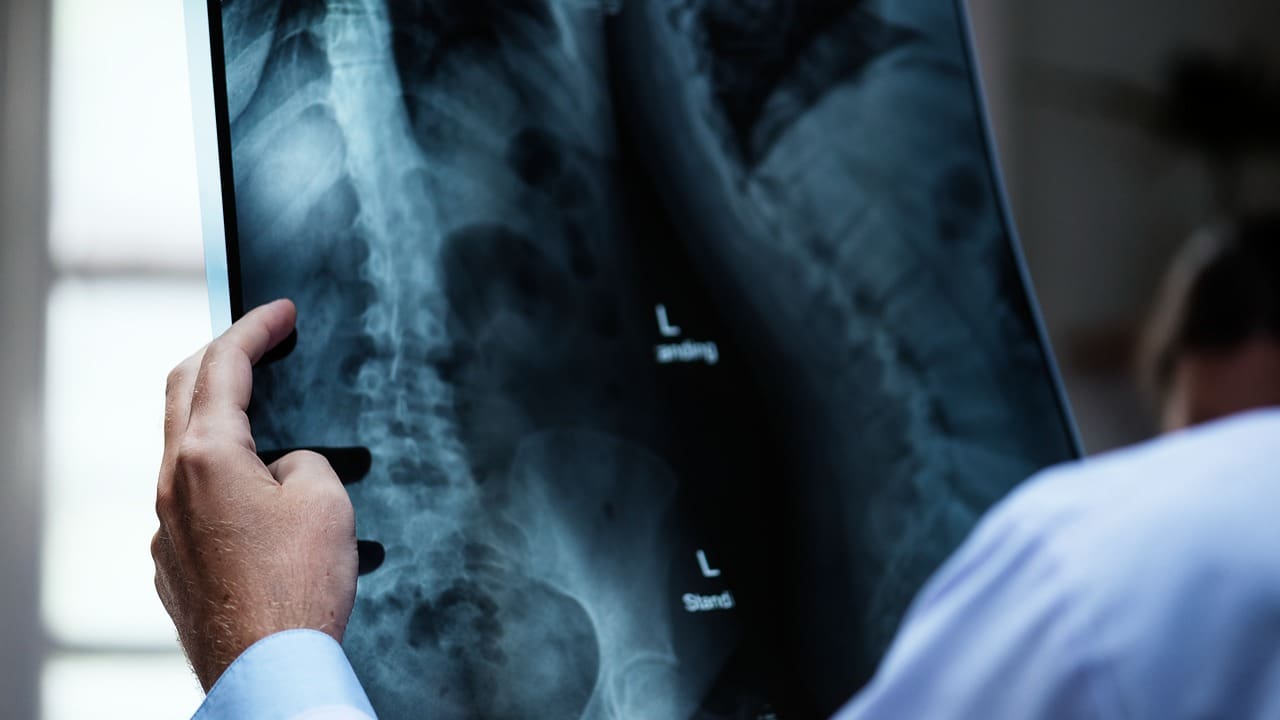
There are different ways to do thoracic spine surgery. Surgeons might do a posterior laminectomy, hemilaminectomy, or other methods depending on where and how severe the problem is. Because the thoracic spine is close to the lungs and large blood vessels, these surgeries need careful planning and special skills. Risks include infection, bleeding, spinal fluid leaks, nerve injury, and anesthesia problems, but with good preparation and care after surgery, many patients recover well. Recovery focuses on managing pain, moving safely, and following a step by step rehab plan to help you get back to your usual activities.
What Is the Reason for Chest Tubes After Thoracic Surgery? What to Expect
After lung or pleural surgery, chest tubes are often used to drain air and fluid from the chest. Their main job is to help the lung fully expand and stay that way while you heal. The tube comes out through a small cut and connects to a drainage system, so your care team can watch for air leaks, check how much fluid is coming out, and see how well your lung is expanding on X rays.
You might feel some tenderness or pressure where the tube is placed, but this is managed with pain medicine and gentle movement. When the drainage slows down and your lung stays expanded without air leaks, the tube is taken out, usually in a quick bedside procedure. After that, you’ll wear a small bandage for a day or two. Your care team will tell you what warning signs to watch for, like sudden shortness of breath or more pain, and when to call for help.
What Is the Recovery Time for Thoracic Surgery? Hospital Stay, Activity, and Diet
How long it takes to recover depends on the type of surgery and your overall health. Many minimally invasive lung surgeries mean a hospital stay of 2 to 4 days, while open surgeries, esophageal operations, or complex chest wall repairs may take longer. Instead of focusing on a single date, it’s helpful to think of recovery in phases:
- Hospital phase (first 24–72 hours): Optimize pain control, begin frequent deep breathing exercises and coughing, start walking with assistance, and assess chest tube function and removal timing.
- Early home phase (first 2 weeks): Try to walk a little more each day, avoid lifting heavy things, take care of your wound, use your incentive spirometer often, and make sure to stay hydrated and eat enough protein to help your body heal.
- Functional recovery (weeks 2–6): Most routine activities return;Functional recovery (weeks 2–6): Most people can get back to their usual activities. Many can start driving again once they are off pain medicines and can brake safely. You can also gradually start doing light chores and taking short trips. Levels as guided by your care team; any additional treatments and follow up imaging are coordinated.
Eating well helps you heal, especially after esophageal or lung surgery when you might not feel very hungry. Small, frequent meals with plenty of protein are usually easier to handle than big meals. Eating enough fiber, drinking water, and using stool softeners if needed can help prevent constipation from pain medicines. Your care team will give you specific advice and make changes as you recover.
What to Expect After Thoracic Surgery: Pain, Breathing Exercises, and Follow Up
Once home, following a set plan helps you recover. Pain usually gets better each week; take your medicine as directed and switch to non opioid options when you can. Hold your incision when you cough or sneeze, sit up straight, and take several short walks instead of one long one. Use your incentive spirometer or practice deep breathing regularly to keep your lungs open and reduce your risk of pneumonia.

Review incision healing, chest imaging if needed, and any pathology results when tissue was removed. You will also review activity goals, signs of common issues like prolonged air leak or fluid buildup, and clear reasons to call urgently: fever, worsening shortness of breath, chest pain, new or increasing redness or drainage from the incision, persistent rapid heart rate, calf swelling, or confusion.
Patients often ask about the most common thoracic surgeries they might encounter: VATS/robotic lobectomy or segmentectomy for lung cancer, wedge resection for nodules, pleurodesis for recurrent pneumothorax, decortication for empyema, mediastinal mass resection, and selected esophageal procedures. Across these operations, the recipe for a safe recovery is consistent precise surgery, proactive pain control, diligent lung care, and steady activity milestones that build confidence and comfort.
Liv Hospital Thoracic Surgery
At Liv Hospital, cancer surgery interventions are performed with all kinds of techniques in our operating rooms equipped with state of the art devices. At Liv Hospital Thoracic Surgery Clinic, surgical treatment options are offered for mediastinal tumors, non cancerous problems of the lungs, chest wall anomalies, sweating problems (hand, armpit, face, etc.) and esophageal diseases.
Liv Hospital Thoracic Surgery Clinic emphasizes that early diagnosis of lung cancer is as important as surgical treatment and follow up.
For more information about our academic and training initiatives, visit Liv Hospital Academy .
Frequently Asked Questions for Thoracic Surgery
What is thoracic outlet syndrome surgery?
Thoracic outlet decompression relieves nerve or vessel compression, often via first rib resection and scalenectomy, when targeted therapy and other non surgical options do not resolve symptoms.
Is thoracic surgery dangerous or painful?
Risks include bleeding, infection, prolonged air leak, pneumonia, heart rhythm issues, blood clots, and anesthesia risks. Pain is expected but controlled with multimodal strategies so you can breathe deeply, cough, and move safely.
What is robotic assisted thoracic surgery?
It’s a minimally invasive technique using wristed instruments and 3D visualization controlled by the surgeon. It can help with precise dissection and lymph node evaluation for selected lung and mediastinal procedures.
What is video assisted thoracic surgery (VATS)?
VATS is a minimally invasive approach using a small camera and slender instruments through tiny incisions. It often means less pain and faster recovery and is used for lung resections, biopsies, pleurodesis, and decortication.
Is thoracic surgery the same as cardiothoracic surgery?
No. Cardiothoracic surgery includes heart surgery and non cardiac chest procedures. Thoracic surgery typically refers to non cardiac chest operations, such as lung and esophageal surgery, pleural procedures, and removal of mediastinal masses.
What is thoracic surgery?
Thoracic surgery treats diseases of the chest other than the heart, including the lungs, esophagus, airways, pleura, diaphragm, mediastinum, and chest wall. It’s used to remove or repair diseased tissue, drain fluid or air, and obtain a diagnosis when imaging alone isn't sufficient.
